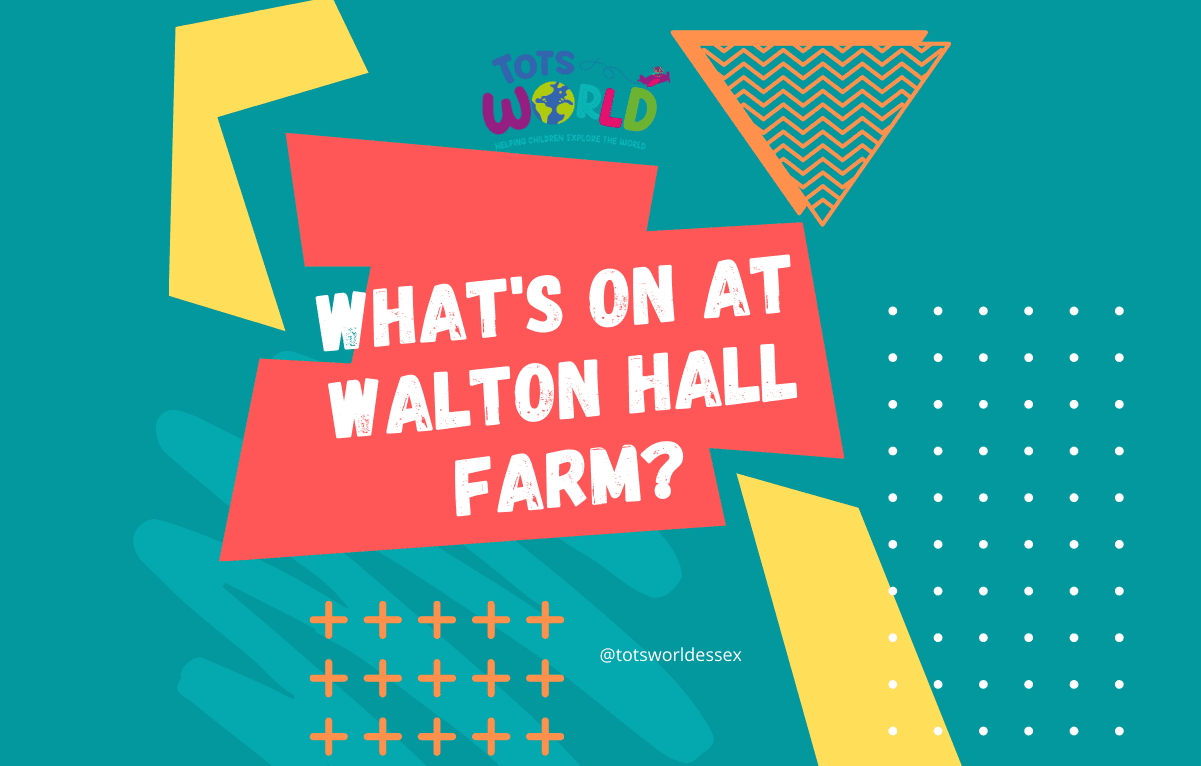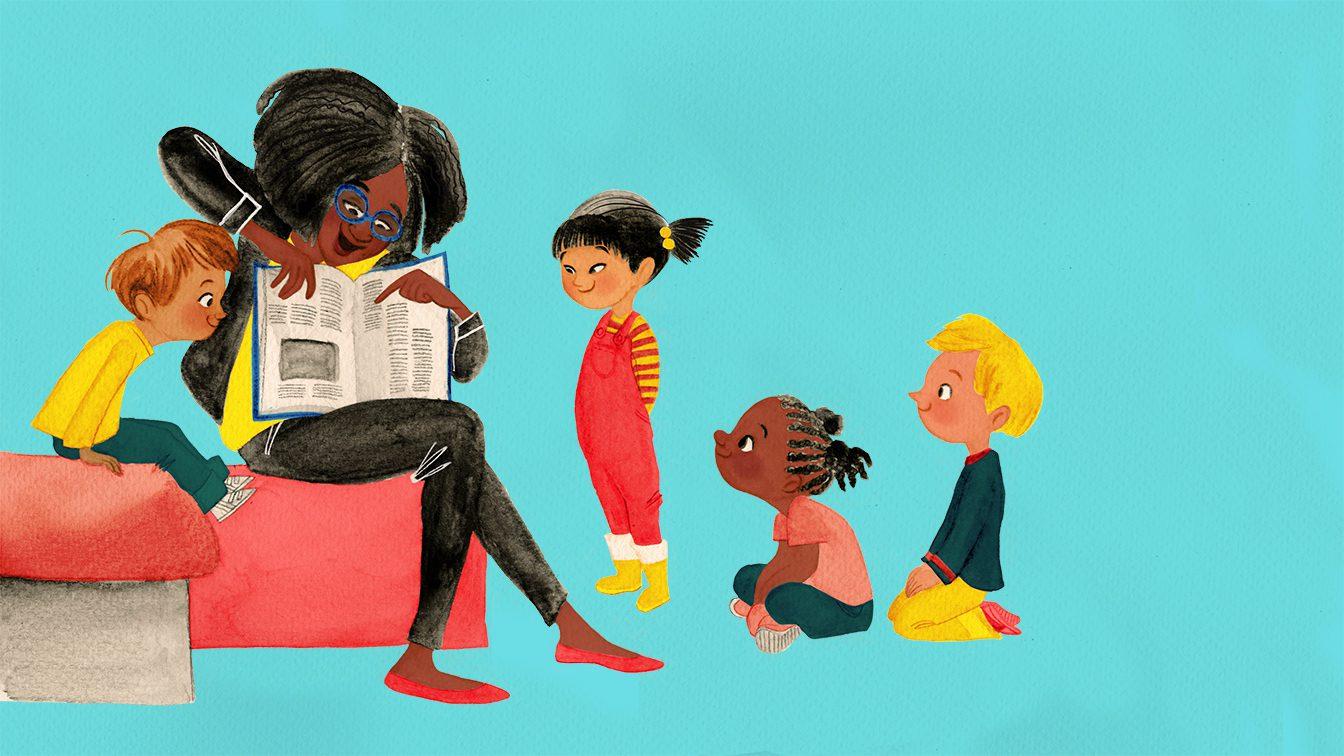Halloween is the time of year you can expect to find carved pumpkin lanterns outside spookily decorated houses, trick or treaters knocking at your door expecting a handful of sweets as a treat, or an unexpected trick and fancy dress parties in full swing.
However, not every country celebrates Halloween the same, so let me explain just how different some of them are.
- Where, and when did Halloween originate?
- Why trick or treat?
- Halloween celebrations in Scotland, Ireland and England
- What is Halloween called in Scotland, Ireland and England?
- Halloween celebrations in Spain
- Halloween celebrations in France
- Halloween celebrations in Italy
- Halloween celebrations in America
- Summary
Where, and when did Halloween originate?
The origins of Halloween date back nearly 2,000 years ago to a pagan festival called Samhain. This medieval festival celebrates the end of summer and the beginning of winter. It marked the end of the warm weather, harvest and the start of the dark and cold winter.
The Celts believe that the day before the new year (November 1st, the doors would open to the world of the dead and the dead would be able to return to earth.
The dead would return to earth and damage crops so the people of that time would light bonfires to commemorate the beginning of Samhain.
They would burn crops, sacrifice animals to the pagan deities and wear costumes made from animals heads or animal skins.
Also part of the belief was that these rituals would protect people from the harsh winter ahead.
Why trick or treat?
To most of us, trick or treating is a fairly modern activity that was introduced to us by America. However, the art of trick or treating also dates back to the 9th century at the Samhain festival.
People of that time would dress up as ghosts and demons, dance around the bonfires lit to protect them from the dead and give and receive treats to appease the evil spirits.
In the 1930’s America trick or treating was start where those children celebrating Halloween would also dress up as ghosts, demons, zombies and go from door to door asking for a trick or treat.
If they got a treat it would usually consist of something sweet. However, if the person being asked responded with “trick” then the youthful would inflict a trick on them.
Trick or treating made its way to England in the 1980’s which mirrored the Halloween tradition in America.
Halloween celebrations in Scotland, Ireland and England
Halloween dates back to the medieval Celtic festival called Samhain over 2,000 years ago.
Samhain is a pagan religious festival that is still celebrated to this day.
The celebrations are to welcome the harvest time and open the way for “the dark” half of the year.
Samhain starts on the 31st October and finishes on the 1st November.
The festivities include lighting bonfires on hilltops, dancing and singing.
Halloween and Samhain festival still have their differences, such as Samhain being a three day festival and Halloween being celebrated over a single night.
Nowadays Halloween is now mainly a children’s festivity where children will dress up in fancy dress and most of the tradition coincide with those from the United States, such as trick-or-treating, apple bobbing and fancy dress costumes.
What is Halloween called in Scotland, Ireland and England?
Halloween is also known as;
- All Saints Day
- All Hallows’
- All Hallows-man
Halloween traditions in Scotland, Ireland and England
Trick or Treating where children will dress up as ghosts, demons, witches and go door to door asking for a trick or treat. If they get a treat they’ll be gifted with sweets or money. If however, they respond with a trick then the children must play a trick on the person at the door.
Bobbing for Apples where people will get a large cauldron of water, fill it with apples and try and get the apples with their mouths whilst their hands are tied behind their backs, which is very entertaining at a Halloween party.
Pumpkin Carving is where pumpkins have scary faces carved into them by scooping out their insides with special pumpkin carving tools (https://amzn.to/3mVWjfi)and cut through the front to make the scariest face. The scarier the better. Some people will put them on their door steps once carved and put alit candle inside to give it that extra scary effect.
Jack-o-lanterns (or jack o’lantern) is a carved pumpkin, turnip, or other root vegetable lantern, commonly associated with the Halloween holiday.
Halloween celebrations in Spain
Halloween in Spain is a three day event starting on the 31st October and is slightly different to the exaggerated celebrations in America and the UK. The Spanish people celebrate life and the honour the dead during the three day Halloween festivities.
What is Halloween called in Spain?
Halloween is called ‘El Dia Delos Muertos’, which translated means ‘Day of the Dead’ or ‘All Souls Day’.
The Halloween celebrations in Spain are a way of honouring the dead, they would visit their ancestors graves, offering food and drink, which is very similar to the Mexican festival ‘Day of the Dead’.
Halloween traditions in Spain
Zombi March takes place through the streets of Malaga in the souther region of Spain. Those participating will be dressed as zombie’s, ghosts and monsters.
Pumpkin Carving is done by those who want to dig out the insides of a pumpkin, carve a scary, ghoulish face and illuminate it with a candle to scare off the undead.
Halloween celebrations in Mexico
Halloween in Mexico is quite often overshadowed by the Day of the Dead festival, which is a three day event that starts on the 31st October and is an age old tradition where Mexican culture honours their dead ancestors.
Even though this the most famous of Mexican festivals, even though the Day of the Dead festival happens at the same time of year as Halloween, it’s quite easy to assume the Day of the Dead festival is Mexican Halloween. However, that is wrong and although each However, Mexican Halloween is mainly a children’s festivity.
What is Halloween called in Mexico?
Halloween in Mexico is called ‘Día de las Brujas’
Halloween traditions in Mexico
Costume Wearing is a custom in most parts of Mexico, which is in line with many other traditions around the world. As Halloween in Mexico is a children’s event, you’ll find children dressing up in gruesome zombie costumes with their faces painted with blood-red paint, or a spooky ghostly outfit.
Trick or Treating is very much the same as the United Kingdom and United States where children wear scary costumes and go from door to door. However, in Mexico they don’t say “Trick or Treat”, they shout “queremos Halloween”, which means “We want Halloween”.
Halloween celebrations in France
Even though the origins of Halloween can be founds dating back to the Celtic era, which did incorporate a portion of Northern France, very rarely will you find your usually festive traditions in France. The French believe the usual “Halloween” traditions you find in the UK and US, such as Trick or Treating, Pumpking Carving, etc. to be too commercialised. This means the tradition gives companies or exploiting their customers in a way designed to make a profit.
What is Halloween Called in France?
Instead, the French people celebrate what’s called La Toussaint, also known in English as ‘All Saint’s Day and is widely celebrated as a national holiday in France.
La Toussaint takes place on the 1st of November, so a day after so-called Halloween.
Halloween traditions in France
This is not to say, no one in France celebrates Halloween in the same way, obviously you are going to get some people who have moved from the UK or US into France and taken the Halloween tradition with them. The younger France generations are also starting to come to terms with the fun and humorous traditions of Halloween with things like fancy dress.
Halloween celebrations in Italy
Spanish Halloween is not celebrated in the commercialised way as it is in the United Kingdom or United States. This is because in Spain they celebrate the “Day of the Dead”, much like they do in Mexico, and this is a three day affair that honours the dead and celebrates the continuity of life.
The Day of the Dead starts on the 31st October and finished on the 1st November.
Spain’s traditions honouring the dead has its root in the Aztec era, which is around 1300 to 1521.
What is the Day of the Dead also known as?
- All Saints’ Day
- Día de Todos los Santos
- Día de Muertos
- Día de Los Muertos
Day of the Dead traditions in Spain
Pan de ánimas is known as spirit bread and is taken, and left, at the graves of their loved ones on All Souls Day.
Lighting candles is done by those visiting the graves of their loved ones. They will light the candles and leave them as well as flowers, on the graves as a way of illuminating the way back for the dead souls so they can find their way home.
Saying a prayer for their loved ones this time of recollection and to give thanks for the blessings those living have. This is usually a private affair, but one that is important because it allows those praying to be reconnected with their loved ones at this spiritual time of year.
Halloween celebrations in America
Some people thing that Halloween originated in the United States and was then adopted by other countries, such as England and other countries in Europe. However, that is not the case. Halloween did not make its way to America until the 1840s, which is quite surprising the fact Halloween traditions date back 100’s of years to the Ancient Celtic era.
As with most other western countries, Halloween is mainly a celebration for the younger generation who are willing to dress up in ghoulish outfits and roam their neighbourhood for house who welcome trick or treaters. That’s not to say adults don’t celebrate Halloween in America, because they do. Halloween parties are all the craze, where those attending will be in competition with their fellow guests as to who can come as the best (or most gruesome) fancy dress costume. The more grouse the better.
Halloween traditions in America
Trick or Treating is where children will dress up as ghosts, demons, witches and go door to door asking for a trick or treat. If they get a treat they’ll be gifted with sweets or money. If however, they respond with a trick then the children must play a trick on the person at the door.
Bobbing for Apples where people will fill a large cauldron of water, fill it with apples and try and get the apples with their mouths, whilst their hands are tied behind their backs. Very entertaining at a Halloween party.
Pumpkin Carving is where pumpkins have scary faces carved into them by scooping out their insides and cut through the front to make the scariest face. The scarier the better. Some people will put them on their door steps once carved and put alit candle inside to give it that extra scary effect.
Ghost Stories are told by he elder generation to those younger in an attempt to scare them with the gruesome tales and jumpy cliff hangers.
Black Cats are a superstition. Many Amercian’s (and others around the world) is that black cats are considered a symbol of the devil. This association of evil and black cats has its roots in the Middle Ages. Black cats have also been associates with Witches as being their “familiar”
Summary
There you have it, all the different Halloween traditions practiced around the world.
Visit our events page to book our Tots World ‘Shriek Week’ Halloween party.
You’ll see AJ the Entertainer, Papalarny the Magic Man and our Day of the Dead Spooktacular. Get your tickets now before they all sell out.




